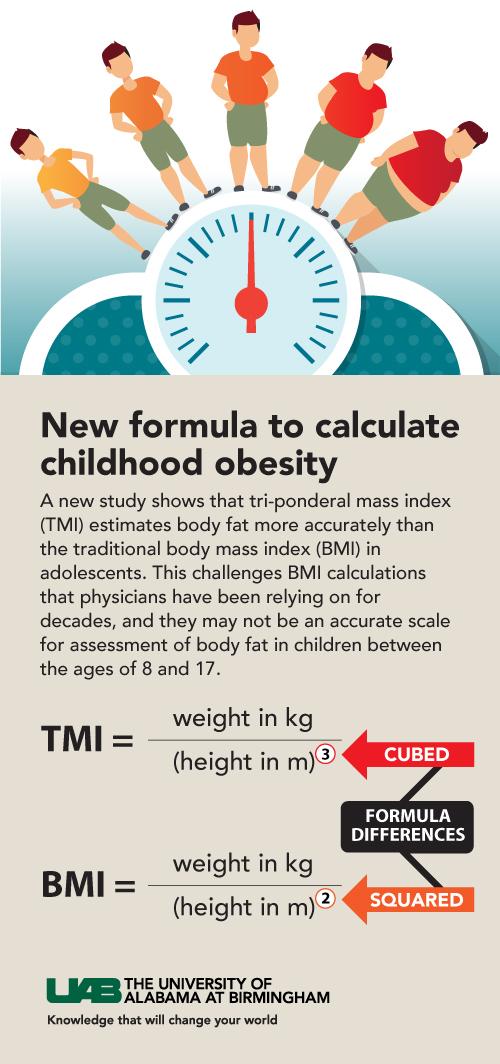Findings published in “Preventive Medicine” detail the impact daily car travel has on the weight and waistline of men and women.
People who drive an hour or more a day are 2.3kg heavier and 1.5cm wider around the waist compared to people who spend 15 minutes or less in their cars, research has revealed.

These findings from a research study led by Professor Takemi Sugiyama from the Australian Catholic University’s Institute of Health and Ageing, show the convenience of car travel has a significant impact on public health.
And men are more likely than women to put on weight due to time spent behind the wheel, his paper — Adverse associations of car time with markers of cardio-metabolic risk — published in the Preventive Medicine journal said.
Continue Reading Below ↓↓↓
The study assessed the driving habits of 2800 adults from the Australian Diabetes, Obesity and Lifestyle study against health measures including body mass index (BMI), waist circumference, fasting plasma glucose, and a range of cardio-metabolic risk factors. According to the Australian Bureau of Statistics, 78 per cent of people use a car as the main form of transport to work.
And, significantly: “Relative to participants who spent 15min/day or less in cars, those who spent more than 1 h/day (about a quarter of the sample) were likely to have a 0.8 greater BMI (equivalent to 2.3 kg for a person with a height of 1.7 m), and 1.5 cm greater waist circumference,” the study said.
Professor Sugiyama, an expert on the nexus between health and urban design, concluded “prolonged time spent sitting in cars, in particular over 1 h/day, was associated with higher total and central adiposity and a more-adverse cardio-metabolic risk profile”.
“Transport sectors have been trying to promote active travel mainly to reduce congestion, air pollution, and the proliferation of automobile related infrastructure. Such efforts can be further supported by producing a compelling body of evidence on the adverse health impact of prolonged time spent in cars,” he said.
Noting global statistics on the proportion of people who use a car as their main form of transport — including the USA (86 per cent), UK (64%), and Sweden (54%) — Professor Sugiyama said his most recent study could provide a more “comprehensive evidence base to underpin advocacy of active transport options”. “Collaborative research between the health (including health economics), transport, and planning sectors has considerable potential to promote active travel further and to broaden the base for cardio-metabolic disease prevention initiatives,” he said.
Source: Australian Catholic University
Journal: Preventive Medicine











